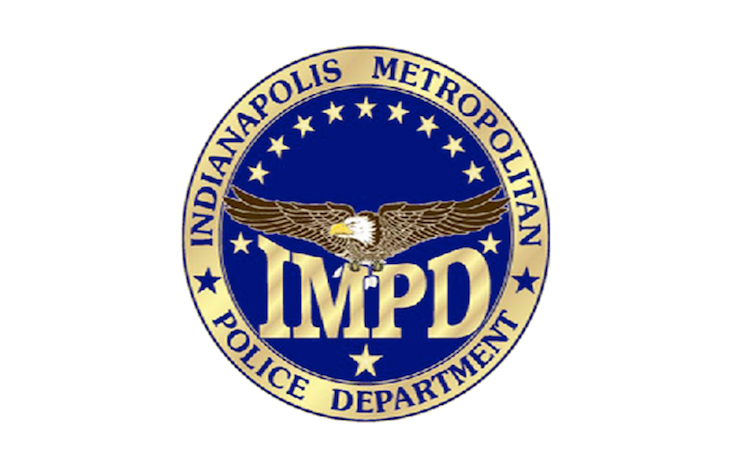Indianapolis Police Department’s Drone Program Continues to Soar

Indiana consistently ranks in the top 10 among US states whose law enforcement departments have acquired drones. And no Indiana city has acquired more police drones or deployed them for more purposes than the Hoosier state’s beloved capital of Indianapolis.
The IMPD first expressed an interest in drones nearly a decade ago, and after some trial and error, and some push back from local citizens and the ACLU concerned about privacy issues, the city began authorizing drone purchases to enhance crime scene analysis and to expedite criminal pursuit and search and rescue operations.
Now, fully equipped with a fleet of 12 drones (and a robust drone team of 13 pilots) the IMPD also conducts traffic monitoring on interstate highways and state roads and even monitors the Indianapolis Speedway and local football stadiums to discourage private drone intrusions and to protect fans during sporting events. And the public, once leery of unwarranted police surveillance, has embraced the department’s drone program wholeheartedly.
The key to IMPD’s drone success can be summed up in two phrases – “situational awareness” and “rapid mobility.” Drones can respond to a 911 call and fly to a crime or accident scene on a moment’s notice and quickly size up the nature of the incident; and with aerial intelligence available in real-time, the department can devise a strategic response plan that places its officers in the best tactical positions to intervene, while minimizing their exposure to harm upon arrival.
Probably the best routine use of police drones, according to the IMPD, is crime and accident scene analysis. What used to take a field team several hours to conduct can now be completed by a drone in a matter of minutes. Drones offer images from the scene from far more angles and can probe beyond the scene to the larger setting, even identifying clues that might be missed by on-site inspectors. The images can also be rapidly processed and shared with neighboring police departments as well as insurers. Drones help resolve incidents quickly, saving the department time and money, and freeing up officers to work on other cases.
Drones have also helped the IMPD track down criminal suspects and find lost or missing persons. Here it’s not just a matter of saving time, and improving efficiency, but also of putting criminals behind bars and saving innocent lives. In January, a police drone, equipped with a thermal imaging camera, spotted a criminal suspect hiding in the woods, based on his heat signature alone. The drone pilot relayed the man’s coordinates to the department’s K9 team which moved in stealthily to make the arrest. Had the man escaped, he might have been on the run for days or even weeks, causing more death or injury, officials said.
IMPD Sgt. Ron Shelnutt, a long-time recreational drone enthusiast, helped pioneer the department’s program over a decade ago. He describes UAVs as a “force multiplier” that allows the department to stretch its scarce personnel and resources at a time of budget cutbacks and in the face of criticism from “Defund the Police” activists who want to see the department as a whole reduced, if not eliminated.
“We can do [things] more quietly, cost effectively and safely with these systems,” Shelnut says. In fact, battery-powered drones have proven so effective in so many applications that the department has retired its entire fleet of aging helicopters, Shelnut adds, slashing the department’s manpower and fuel costs, while reducing its carbon footprint.
Support from the residents of Indianapolis is clearly growing. The last time the department approached the city for support – last December – it received approval to add 6 more pilots to its drone team. Shelnutt says his ambition is to have one drone unit operating per shift in each of the city’s police districts. IMPD even runs its own drone pilot training program and receives candidates from nearby jurisdictions interested in expanding their own drone operations.
|